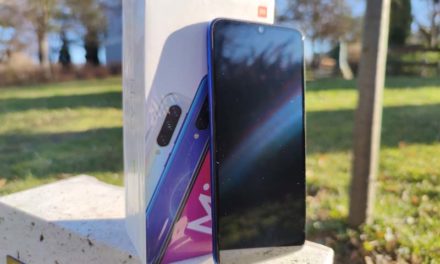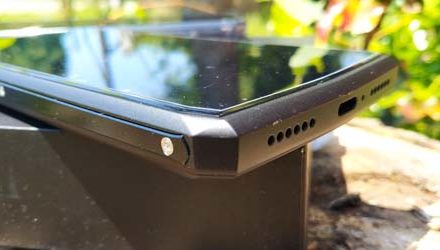
Learn the Future Mid-Range Phone Processors!
Let's see what units will drive 2018 mid-range phones!
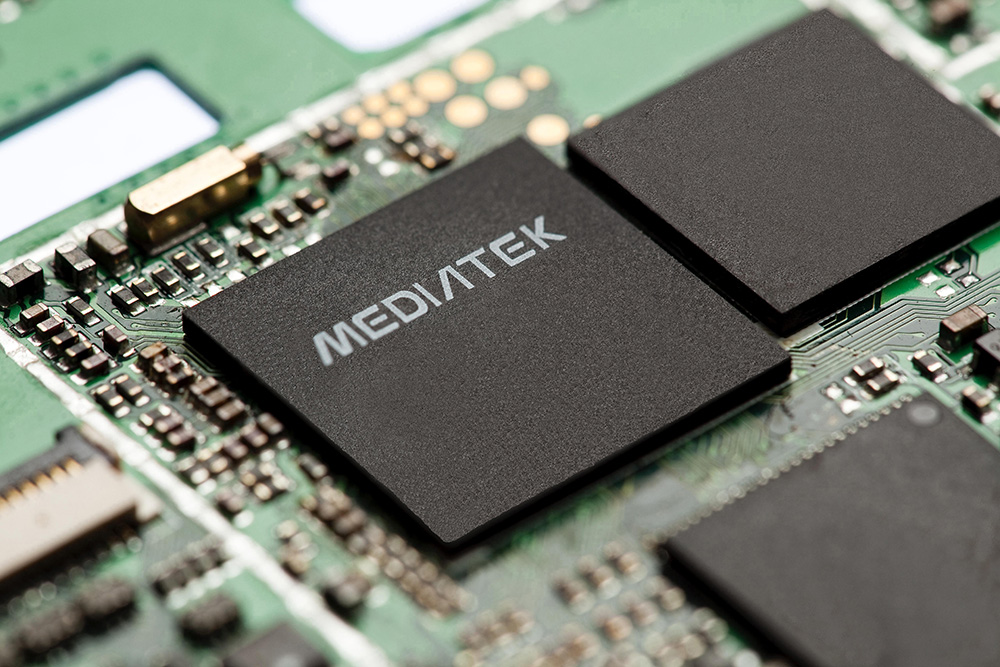
Before you dive into this article, if you take the time, read my previous article on telephone processors: Why should 10 core be in a phone and what is SoC? We tell!
contents show
Introductory
MediaTek, as the number two developer of telephone SoC today, covers essentially the entire segment from entry level to high-end. The processors currently in use range from quad-core to ten-core, with many different cluster layouts and different ARM processor cores, of course. Well-scalable chips can thus be found in all phone categories. However, a good manufacturer is not satisfied with this, it further divides the categories, so for example, not one, but at least two different SoCs arrive in the middle category.
So is the competitor (or MediaTek’s Qualcomm competitor?) At Qualcomm, where the Snapdragon 660 and Snapdragon 630 chips, which were recently released, are currently working to meet the needs of phone builders. The latter unit is essentially no different from its predecessor, but the Snapdragon 660 is a whole new world. In the case of its predecessor, the Snapdragon 653, Qualcomm still produced at a strip width of 28 nanometers, while the 660 is already made at 14 nanometers. The reduction in bandwidth results in smaller inserts, optimally lower consumption and thus lower heat dissipation, which ultimately allows higher clock signals to be achieved.
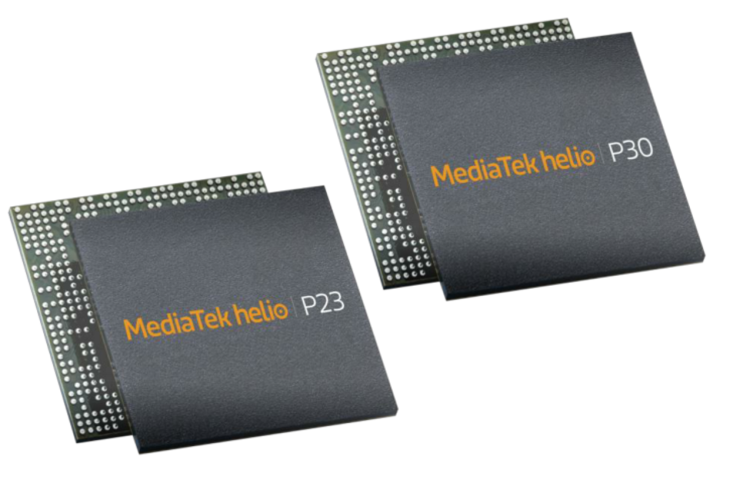
Although we consider Qualcomm to be the world’s leading manufacturer in the phone market, MediaTek is still the company that is at the forefront in terms of manufacturing technology, at least rumored. The company's ten-core Helio X30 chip is still made with a 10-nanometer process, like the Snapdragon 835 and Exynos 8895, although the sparrows are chirping that the manufacturer is already working on the introduction of 7-nanometer manufacturing technology, and it's not bad.
The Helio P23 and Helio P30 were unveiled by MediaTek on August 29 at a conference it organized. These two units target the mid-range market and, of course, MediaTek expects them to become the real challenger for Snapdragon procik. To understand why the company thinks this way, we need to get to know the key features and architecture of the inserts.
Features
Both new models have eight cores, which are the Cortex-A53 type. These cores are capable of 2,3 GHz clock speeds and support LPDDR4x memories. The chips do not differ significantly from the graphics point of view either, as the ARM Mail G71 MP2 GPU works in both, although the P23 "only" has a clock speed of 770 MHz, while the P30 has a clock speed of 950 MHz. This graphics unit replaces the old T880 MP2 and is expected to bring a significant performance increase.
Thanks to technological advances, the Helio P23 delivers 10 percent better performance and consumes 15 percent less energy than its predecessor, the Helio P20. As for the Helio P30, it delivers 25 percent better performance than the Helio P25, while power consumption is reduced by 8 percent. These data are suspected and largely due to the GPU because the cores of the proci have not changed in either number or type, what’s more, the P30’s top cluster is clocked at 2,3 GHz, compared to its predecessor’s 2,5 GHz speed.
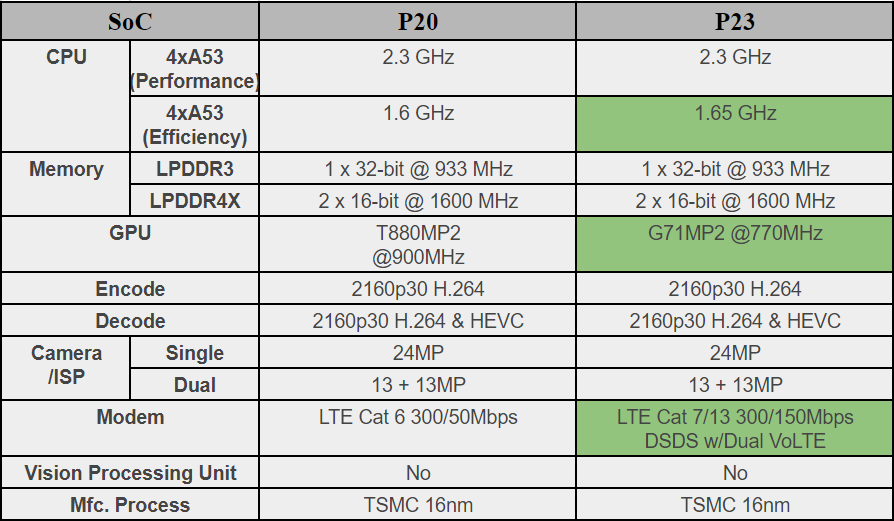
The MediaTek Helio P23 and Helio P30 bring great improvements in multimedia and camera features. The P23 supports 13 megapixel dual camera solutions as well as a virtual depth of field effect. The Helio P30, on the other hand, already handles 16-megapixel dual-camera cameras, supporting optical zoom and real-time depth-of-field blur.
The features mentioned above have also improved at the hardware level, but MediaTek has also done a great job in software. The new CPUs take advantage of MediaTek Imagiq 2.0 technology. The FOD effects mentioned above are mainly due to this technology. In addition, the Helio P23 and P30 feature a hardware camera control unit with twice the automatic exposure speed of rivals ’solutions.

The Helio P23 / 30 has also undergone a major upgrade for mobile data connections. They also support more advanced 300 Mbps download and 150 MBps upload speeds, as well as dual-card VoLTE / ViLTE technology, and are the first in the industry to provide faster and more consistent connectivity for dual-card users.
Market positioning
Roughly two years ago, MediaTek introduced its concept aimed at the upper middle category. This covered the Helio P chips, which have since proven their right to exist. We've seen chips in a lot of mid-range phones in recent years, mostly in devices between $150 and $300. This category is where the majority of manufacturers focus on speed rather than other functions, so in many cases the multimedia performance or the quality of the cameras and camera applications leave something to be desired. that is why it is important that with the P series chips, MediaTek focuses on these "neglected" functions, sacrificing some of the speed.

MediaTek's current market can currently be divided into three major segments. The first and most important is the Chinese market, which is currently MediaTek’s main market. The second is the emerging market, including India, for example. Emerging markets have changed drastically in recent years and the demand for mobile devices has grown extremely fast. Considering the price requirements for these markets, the Helio P series and the low-cost products based on them will be the most sold devices. The third market is the market for overseas players. However, these markets are very different, so MediaTek's However, the market requirements are very different from other markets. Therefore, MediaTel needs to pay more attention to user needs. These needs determine how popular the company’s chip-based phones will be in the various sales channels. In Europe, for example, larger manufacturers sell most of their devices through service providers. In order for service providers to be able to sell a certain phone in large numbers, it is necessary to cater to consumer needs to a large extent, for example, more and more AI-demanding technology is appearing in the device to be sold. And companies that manufacture and develop the central unit of the telephone, such as MediaTek, have to respond to this challenge, so we can say that if a telephone construction company wants to deliver a telephone that can be successfully sold through many different channels, it has to choose a SoC. which provides a good foundation for building a good device.
With the Helio P23 / 30 family, MediaTek is expected to be able to meet the needs of next year, so we can come across many great phones that will work with these excellent chips.
This Article is based on Article…. Unfortunately I don't remember where I found it, if anyone finds it let me know as a source!










